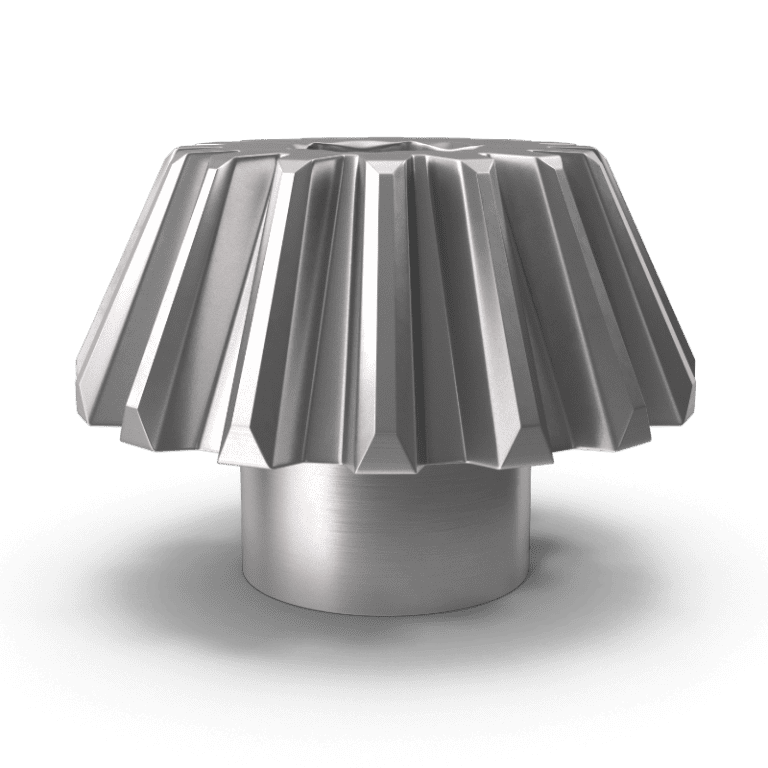Powder Metallurgy
About 70% of all Iron powder produced is used in powder metallurgy applications also called Press and Sinter applications.
The iron powder is cold-pressed in a mechanical or hydraulic press to produce green parts which are later sintered in a furnace in an inert atmosphere at a temperature of about 1120 degrees.
SLM produces both, Sponge and Atomised Iron Powders, for this application.
Atomised powder possesses higher purity and higher density while Sponge powders have a higher surface area and lower density.

Different Grade Specifications
-
ATOMISED IRON POWDER
- SPONGE IRON POWDER
Atomised Iron Powder for structural parts offering consistent dimensional change properties after sintering.
Contact us for Technical data sheet
AD – 2.95 gm/cc
GD – 7.10 gm/cc
100 Mesh Powder
High compressibility atomised iron powder suitable for higher density parts.
Contact us for Technical data sheet
AD – 2.95 gm/cc
GD – 7.16 gm/cc
100 Mesh Powder
Low density Atomised Iron Powder for low density parts like shock absorber pistons.
AD – 2.65 gm/cc
GD – 7.08 gm/cc
GS – 30 MPa*
*600 MPa die-wall
Low density Atomised Iron Powder offering high green strength to the parts with thin edges or lugs.
AD – 2.95 gm/cc
GD – 7.10 gm/cc
GS – 44 MPa *
*600 MPa die-wall
Low Density Sponge Iron Powder providing excellent Green Strength Properties to the PM parts.
AD – 2.25 gm/cc
GS – 50 MPa*
100 Mesh Powder
*600 MPa (die-wall)
Low Density Sponge Iron Powder for low density sintered parts.
AD – 2.50 gm/cc
GD – 6.60 gm/cc
100 Mesh Powder
Medium Density Sponge Iron Powder for low and medium density sintered parts.
AD – 2.65 gm/cc
GD – 6.60 gm/cc
100 Mesh Powder
High Density Sponge Iron Powder for medium density sintered parts.
AD – 2.95 gm/cc
GD – 6.60 gm/cc
100 Mesh Powder
Iron Powder Metallurgy
Iron powder represents the largest part of the raw materials used in powder metallurgy application. When it is mentioned as Iron powders, it is a highly specific engineered metallurgical end product that is manufactured under strict chemical and physical specifications.
Different processes are used to manufacture metal powders, each resulting in materials with unique chemical and physical properties. The end product’s characteristics are determined by the method of manufacture. Powder metallurgists look for various properties such as composition, microstructure, oxide content, acid insolubles, particle size, particle-size distribution (sieve analysis), particle shape and surface area, flow rate, and apparent density when describing a particular powder and recommending its end applications. Metal powder can be varied within wide limits to meet specific requirements due to its broad spectrum of characteristics.
Iron powder metallurgy is the highest consumed raw material in powder metallurgy applications, according to the Metal Powder Industries Federation. This emergence was spearheaded by P/M parts, iron powder’s major market. According to reports, iron powder usage would further increase by 20% each year through various applications and global implementations. Powder metallurgy’s current expansion and healthy future is supported by the following factors:
- The steady increase in present P/M parts markets. 75% of the parts now produced go into automobiles and major appliances.
- Many new markets such as farm equipment, aerospace, ordnance, power tools, small appliances, hardware, etc.
- A strong trend toward larger P/M parts
- Better powders, including premixes, high compressibility powders, and new alloy systems, all made to exacting quality specifications. These iron powder systems are prevalent today: iron-carbon; iron-copper; iron-copper-carbon; iron infiltrated with copper; iron-nickel-carbon; iron-nickel-copper-carbon.
- Better engineered compacting equipment made specifically for P/M. Not only larger, but more complicated shapes are now economically practical.
- The development of new powder consolidating technologies.
